The art of Persian rugs originated more than 2,500 years ago. Persian rugs and carpets initially woven by nomadic tribes to cover the floors or for other purposes. Persian rugs have been considered as works of art and these creations have been passed down from generation to generation over the centuries. As international trade developed, the variety of patterns &color combinations and designs in Persian rugs grew.
The Persian rugs reached its top value during the Safavid Dynasty in the 16th century AD. Approximately 1500 examples from this period are preserved in various museums and in private collections worldwide. Also today, Persian rugs are the first choice of many the top interior decorators, retail consumers, private collectors, and museums.
Persia (Iran) has long been renowned as the greatest area carpet-rug weaving region in the world for centuries. Persian rugs knows as high-quality density of weave, artistic designs (mainly floral), ancient and tribal patterns and symbols, very good quality material and durable for timeless use.
In Iran there are so many different tribals who have their on weaving technique, symbols, color combination and designs in different cities.
There are approximately sixty-five know type of Persian carpet. The most important ones: Ardebil, Bakhtiari, Bakshis, Bakshaish, Bidjar, Birjand, Fereghan (Farahan) , Gorevan, Hamadan, Herat, Heriz, Isfahan, Kashan, Khorassan, Kirman ( Kerman ), Kirmanshah, Kurdistan, Lilihan, Farahan Sarouk, Meshed, Mosul, Nain, Niris, Qum, Saraband, Saruq ( Sarouk ), Sehna ( Senneh ), Shiraz, Souj-Boulak, Sultanabad, Tabriz, Serap, Teheran, Turkbaff, Baluch, Gabbeh, Malayer, Mahal, Shahsavan, Yezd ( Yazd ), Serapi ( antique Heriz Rugs with high quality ) READ MORE




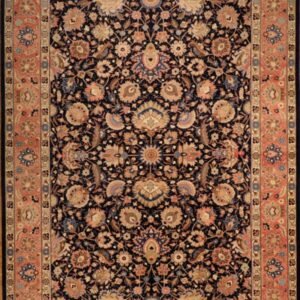
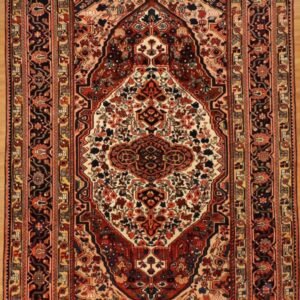


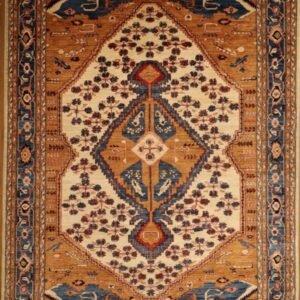
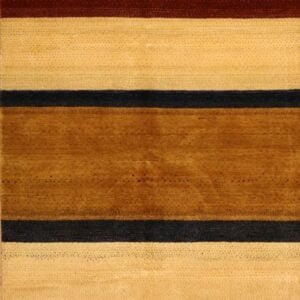

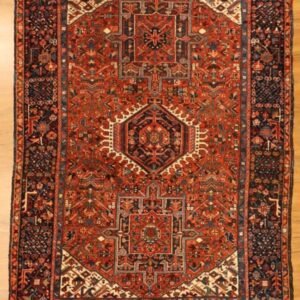


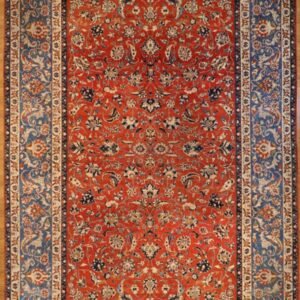
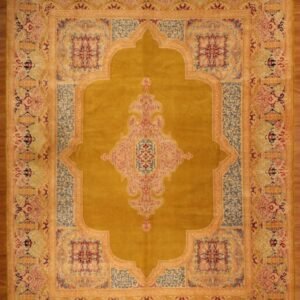
Parking spaces are available in rear
Our antique rug gallery, in PALM BEACH, has become one of the best rug locations. We provide to our customers from all over the world who demand fair prices and and diversed selection.